What is growth hormone?
Somatotropin, or growth hormone, is a peptide hormone produced in the anterior pituitary gland. It affects protein synthesis, regulates carbohydrate metabolism, participates in tissue regeneration after injuries and is involved in the functioning of many systems and organs. Growth hormone is a hormone that stimulates growth, cell proliferation and renewal in humans and animals. It is one of the most important hormones for human development.
Growth hormone is one of the key hormones that regulate the growth of all organs and tissues. It induces bone growth, participates in the regulation of lipid, carbohydrate, nitrogen and mineral metabolism, as well as electrolyte balance. Growth hormone accelerates lipolysis in adipocytes, improves amino acid absorption and nitrogen retention in muscles, helping to maintain muscle mass and strength. GH also regulates the synthesis of insulin-like growth factor 1 (IGF-1), which is secreted by tissues, particularly the liver. IGF-1 is important for body growth and metabolic processes.
The body actively produces growth hormone during the growth period. It is thanks to growth hormone that we grow, develop and transform from newborns into adults. Maximum secretion of somatropin occurs in early childhood, peak levels occur at the time of puberty, and the decline in the body’s production of growth hormone begins at age 25.
Growth hormone improves muscle mass growth, showing pronounced anabolic and anti-catabolic effects by increasing protein synthesis and inhibiting its degradation. It helps reduce subcutaneous fat content and improves fat burning during exercise. It is precisely for these effects that athletes appreciate growth hormone.
Somatropin participates in the regulation of carbohydrate metabolism, exerting a counter-insulin effect (reducing insulin activity), which increases blood sugar levels and is therefore used by the body during effort as a source of energy. Growth hormone also serves to prevent osteoporosis by stimulating the absorption of calcium by bone tissue, especially during muscle work.
Impact of growth hormone
Growth hormone acts as an intermediary: it is an intermediate link in the synthesis of insulin-like growth factor (IGF-1), and it is IGF-1 that carries out the main effects that we are used to receiving from the hormone of growth. However, growth hormone also performs many functions directly in the body by binding to its specific receptors.
Properties of growth hormone without effects mediated via IGF-1:
- Stimulates lipolysis: the breakdown of fat molecules into fatty acids
- Increases the permeability of cell membranes for a series of amino acids, facilitating the release of “building material” to cells
- Increases the body’s retention of calcium, resulting in stronger bones
- Stimulates the immune system
- Stimulates the conversion of thyroxine (T4) to triiodothyronine (T3)
- Increases blood glucose levels
Conversion to IGF-1
Some effects of the drug occur directly, but a significant part of its effects are mediated by the insulin-like growth factor IGF-1 (formerly known as somatomedin C), which is produced under the action of somatotropin in the liver and stimulates the growth of most internal organs. Virtually all the effects of growth hormone in sports are related to the action of IGF-1, so growth hormone partially acts as a mediator, that is, it is an intermediate link in the synthesis of another hormone. Some of the functions often attributed to growth hormone are actually performed by IGF-1 – this applies in particular to the growth of various tissues in the body.
- Increases the amount of antioxidants in the body
- Helps fight inflammatory processes
- Maintains blood sugar balance and electrolyte balance in the body
- Helps prevent heart disease
- Improves brain function (especially useful in stroke recovery)
- Anabolic action: promotes muscle growth
- Accelerates wound healing – increases collagen synthesis
- Strengthens bones: Increases the body’s retention of calcium, leading to stronger bones
What is growth hormone used for
Strengthen ligaments and joints
Since in powerlifting and power sports the results largely depend on the strength of the ligaments, growth hormone is very effective in this case. Moreover, much is not needed for this purpose. However, in team sports and martial arts, where injuries to the joint-ligament system are common, growth hormone has been actively used in the rehabilitation process: it has been proven that it significantly reduces the period of forced rest of athletes .
Increased explosive strength
Another application of growth hormone is the increase in speed characteristics, mainly for sprinters and those “game” athletes who are often required to perform explosive movements (European and American football, hockey, rugby, etc. .), as well as representatives of martial arts.
Increase in muscle mass
Elevated levels of somatotropin lead to a substantial increase in protein synthesis by suppressing amino acid oxidation. Growth hormone synergists in this regard are anabolic steroids and IGF-1. Furthermore, growth hormone almost completely suppresses the uptake of glucose by fat cells even in the presence of insulin. Most of the glucose released is absorbed by the muscles: both anabolic and beneficial for preventing fat deposition.
Burning fat
Growth hormone has a pronounced lipolytic effect, so many bodybuilders and people trying to improve their physique and give their body an athletic look use growth hormone for this purpose.
Anti-aging therapy
One of the cases of growth hormone deficiency in adults is associated with aging: starting from around 40-45 years of age, the production of endogenous somatotropin decreases dramatically, which can lead to the development of many problems such as worsening of cholesterol, decreased muscle mass, osteoporosis, reduced collagen synthesis and others. Synthetic growth hormone injections can definitely help.
Dosages for liquid human growth hormone
- Anti-aging therapy: 1-1.5 IU/day
- Strengthening of ligaments and joints, recovery after injuries: 2-3 IU/day
- Faster performance recovery after heavy loads: 3-4 IU/day
- Fat burn: 3-6 IU/day
- Increased muscle volume: 6-12 IU/day
Contraindications
- Cardiovascular problems
- Oncology
- Type 2 diabetes
Side effects
To begin with, it should be noted that growth hormone is a fairly safe drug when used according to the recommended instructions. Common side effects may include fluid retention and increased blood pressure, carpal tunnel syndrome, and high blood glucose levels.
- Carpal tunnel syndrome
- Fluid retention
- Increased blood pressure
- Suppression of thyroid function
- HyperglycemiaTop of form
- Arthralgia
Using liquid HGH
The liquid form consists of 2 vials containing ready-made liquid, which can be used immediately without further manipulation.
At this stage, it is important to note that while liquid and dry growth hormone are the same substance, there is a significant difference in the manufacturing process and properties of the final product. It is important to know: liquid growth hormone is not dissolved by anyone, it is already synthesized in liquid form, and during the production process the fragile molecules of growth hormone are minimally subject to destructive influences because freeze-drying technology is not used . In this way, the most “harmful” phases are excluded from the production process and the resulting liquid form becomes even more convenient for the final consumer.
It turns out that growth hormone is more stable than previously thought and there is a lot of scientifically proven data. Liquid growth hormone proved to be so effective that it passed all tests and was introduced to the market as a finished product. Therefore, all growth hormone manufacturers are currently switching to the new standard of producing the liquid form of the drug.
Archiving
Liquid growth hormone can remain stable at room temperature for more than 40 days without changes thanks to the special stabilizers included in its composition. After opening the bottle, store the product in the refrigerator (but not against the back wall). If you are going on a trip, you can easily take the bottle with you. As mentioned above, growth hormone can be stored for a sufficiently long period at temperatures up to 30 degrees Celsius.
In the refrigerator, liquid growth hormone can be stored unopened for the shelf life indicated on the label, usually 3 to 5 years. The shelf life of the hormone in a bottle you have opened depends on how many bacteria get into the bottle. Every time you puncture the bottle cap, they inevitably get in, and over time, their buildup begins to degrade the growth hormone molecules. It is therefore not advisable to prolong the use of a bottle for many months.
Freezing
Errors can be made in maintaining the temperature regime; for example, freezing destroys growth hormone, just as transportation in hot temperatures above 30 degrees Celsius for a prolonged period does. Storage should take place in the refrigerator, but not on the back wall, where the temperature is significantly lower than permitted.
Frequently asked questions
Do I have to do post cycle therapy (PCT) after taking human growth hormone?
Growth hormone does not affect sex hormone levels, so PCT is not needed after you finish using growth hormone
Is HGH injection harmful?
The injections are given with a small insulin syringe with a needle up to 13 mm long subcutaneously, so you will not feel any pain
How does human growth hormone work for women?
More and more women are exploring HGH for its anti-aging and weight-loss properties. Human growth hormone deficiency in women is due to the pituitary gland not producing enough HGH. This can be reversed with growth hormone therapy. Signs of HGH deficiency include dry skin, thinning hair, increased belly fat, and the development of wrinkles. Adequate levels of HGH help women improve adequate body fat ratio and skin elasticity. The risk of osteoporosis is reduced when HIGH levels in women are balanced. HGH injections can help normalize sleep, improve skin elasticity, help lose excess fat, and strengthen the immune system.
What should I expect from using growth hormone?
The main reason for the high popularity of growth hormone in sports is the ability to reduce the amount of subcutaneous fat. Furthermore, some studies have shown that taking somatotropin leads to an increase in lean muscle mass, connective tissues and an increase in the volume of muscle cells due to the accumulation of fluids.
Is it possible to use growth hormone with anabolic steroids?
Growth hormone when used with anabolic steroids enhances them, so very often bodybuilders use growth hormone in this way.

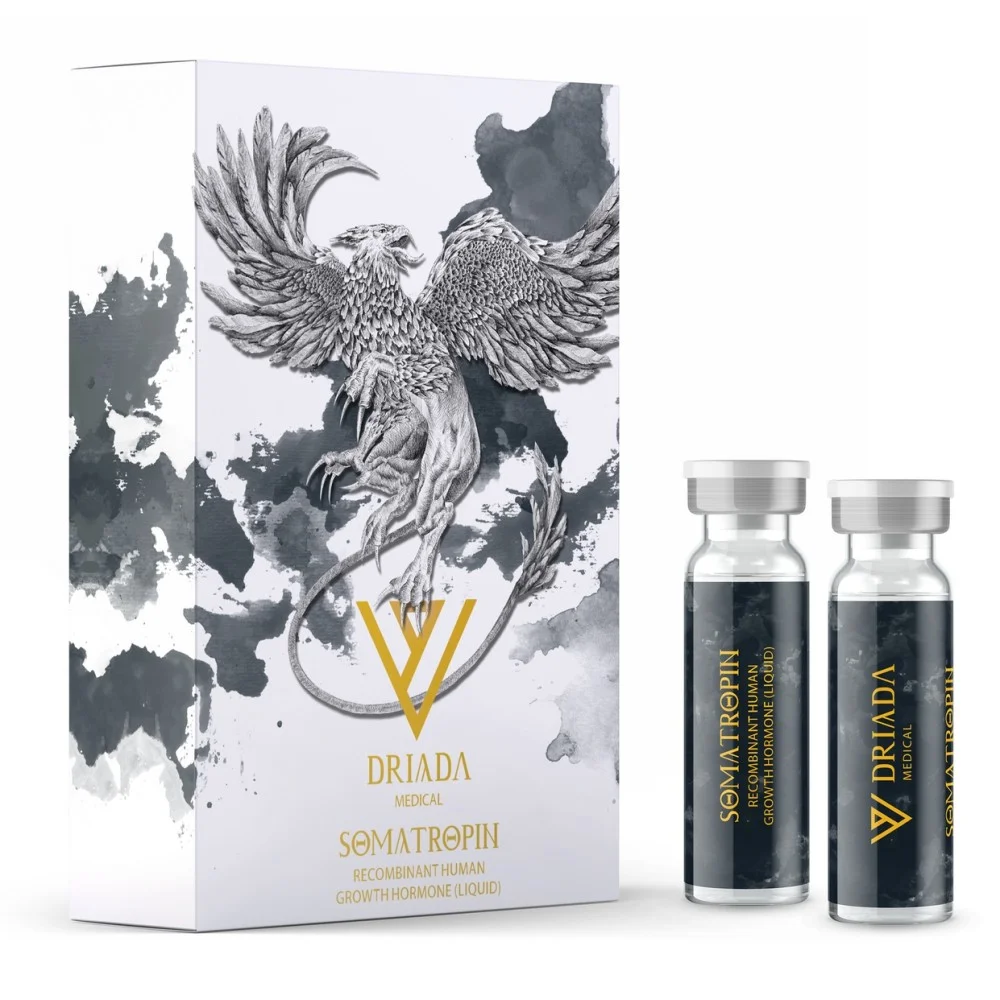

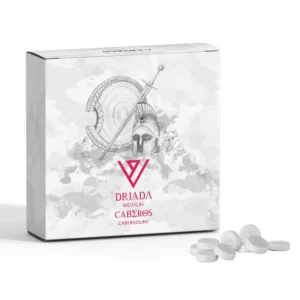


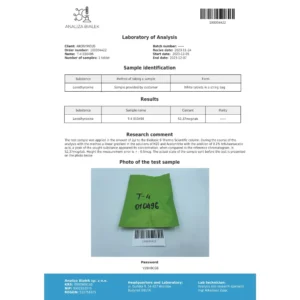



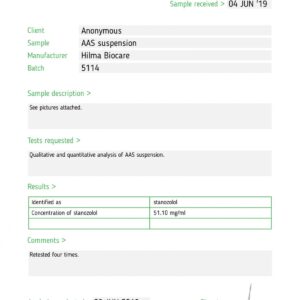
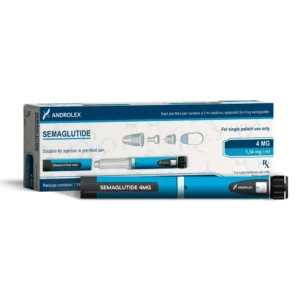
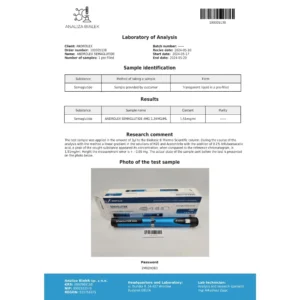


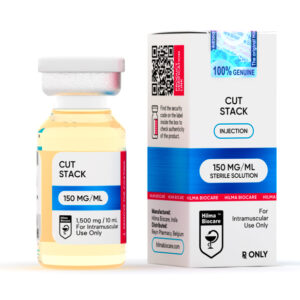
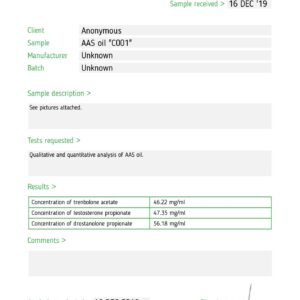
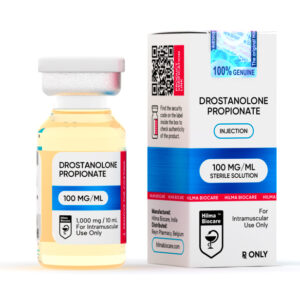

Reviews
There are no reviews yet.